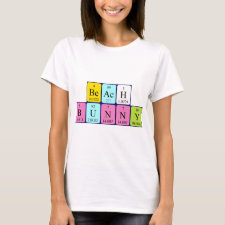
Authors: Ornelas M, Loureiro D, Ara˙jo MJ, Marques E, Dias-Cabral C, Azenha M, Silva F
Article Title: Synthesis of glycylglycine-imprinted silica microspheres through different water-in-oil emulsion techniques.
Publication date: 2013
Journal: Journal of Chromatography A
Volume: 1297
Page numbers: 138-145.
DOI: 10.1016/j.chroma.2013.04.077
Alternative URL: http://www.sciencedirect.com/science/article/pii/S002196731300705X
Abstract: Sol-gel molecularly imprinted materials (MIMs) are traditionally obtained by grinding and sieving of a monolith formed by bulk polymerization. However, this process has several drawbacks that can be overcome if these materials are synthesized directly in the spherical format. This work aimed at the development of two efficient methods to prepare spherical glycylglycine-templated silica ("whole-imprinted" and surface-imprinted) through a combination of sol-gel and emulsion techniques. The synthesis of the microspheres was optimized regarding emulsion and sol-gel parameters. Imprinting efficiency of the prepared materials was studied by solid phase extraction and flow microcalorimetry. The particles prepared with glycylglycine and functional monomer, in basic medium (using cyclohexane as non-polar continuous medium) presented the highest imprinting factor - 2.5 - and the respective surface-imprinted material presented an imprinting factor of 1.5. The results of flow microcalorimetry confirmed the action of different mechanisms of glycylglycine adsorption: entropically-controlled interactions were present for the "whole-imprinted" material, indicating adsorption inside small imprinted pores; enthalpically-controlled interactions were observed for the surface-imprinted material, a behaviour more compatible with a template/surface-only interaction. Globally, the two approaches allowed for a successful imprinting effect which was more extensive for the "whole-imprinted" material, whereas the surface-imprinting feature confers to the surface-imprinted xerogel advantages regarding mass transfer kinetics. Overall, the spherical particles obtained by both approaches presented characteristics, such as sphericity, mesoporosity, easy/fast accessibility to imprinted sites, important indicators that these materials may be candidates for stationary phases for efficient, selective chromatographic separation
Template and target information: glycylglycine, Sodium lauroylglycylglycinate, l-GlyGly
Author keywords: molecular imprinting, Silica microspheres, sol-gel, W, O emulsion, Flow microcalorimetry



Join the Society for Molecular Imprinting

New items RSS feed
Sign-up for e-mail updates:
Choose between receiving an occasional newsletter or more frequent e-mail alerts.
Click here to go to the sign-up page.
Is your name elemental or peptidic? Enter your name and find out by clicking either of the buttons below!
Other products you may like:
 MIPdatabase
MIPdatabase









